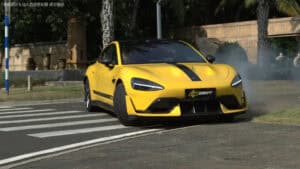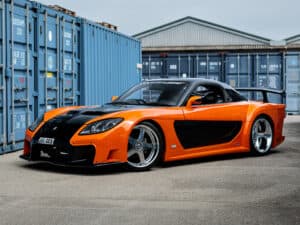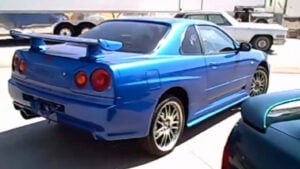Can You Daily Drive A Drift Car? Pros, Cons, And Considerations
Table of Contents
In an ideal world, for just about every drifter, we’d have a nice, reliable daily driver. Then, alongside that, a weekend drift car, with a trailer, a tow rig, a big fancy garage to store everything, and… You see where this is going.
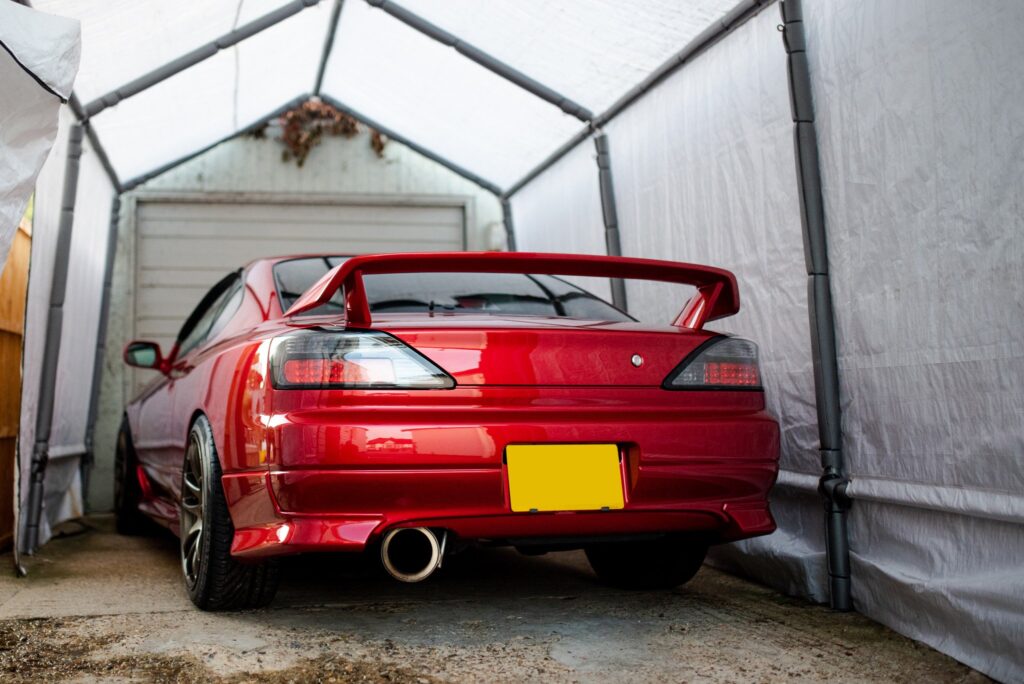
Image credit: Bill Jefferies (Eyedea Media)
Being realistic, the ‘ideal world’ scenario isn’t possible for most of us. At best, most of us can afford a single car, and we have very little storage space.
So, what if we want to make it the ‘best of both worlds’ by transforming your daily driver into a drifter? There are numerous variables to consider in this case.
Some owners will want to drive sensibly to work, and then want to have a little tail-happy action on the way home.

For others, it might be more along the lines of competing in a full-blown track drift weekender before taking the car to work on Monday. As you likely guessed, one of these is (much) more viable than the other.
Pros of a daily drift car
If you take the sensible approach, there’s actually a lot to enjoy with a daily drifter.
A daily drifter can be a LOT of fun
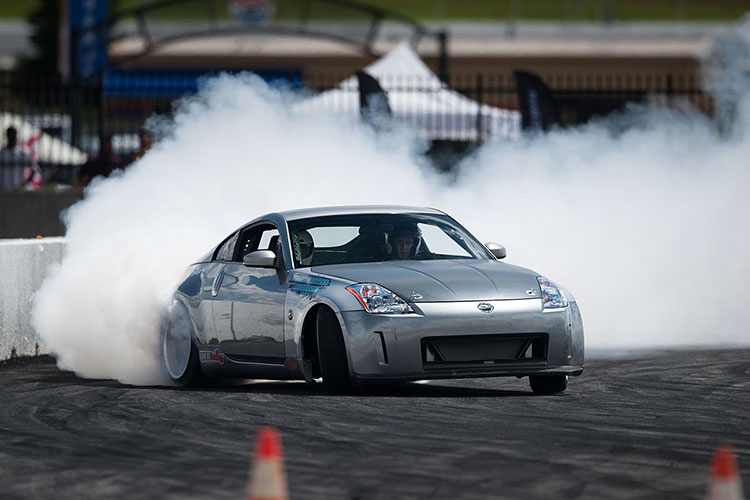
This one won’t come as a huge surprise, and it’s probably why you’re (understandably) tempted to transform your daily into a drifter. Every trip, whether it’s the Monday morning commute or fun with friends in an open parking lot, has the potential to put a smile on your face. Just make sure you’re sensible, or things can change very quickly.
You’ll become a better driver (and drifter)
Daily driving a drift car is likely to teach you how to become a better driver quickly. Hopefully, you won’t have to learn the hard way, either!
If you opt for a welded diff, LSD, or 2-way differential, the rear end will tend to kick out when you least expect it, and you’ll need to be quick to correct it, especially in rain or even worse, on ice/snow. We highly recommend starting with sim drifting or heading to a track/large parking lot before hitting the roads.
You’ll gain a better understanding of how cars work
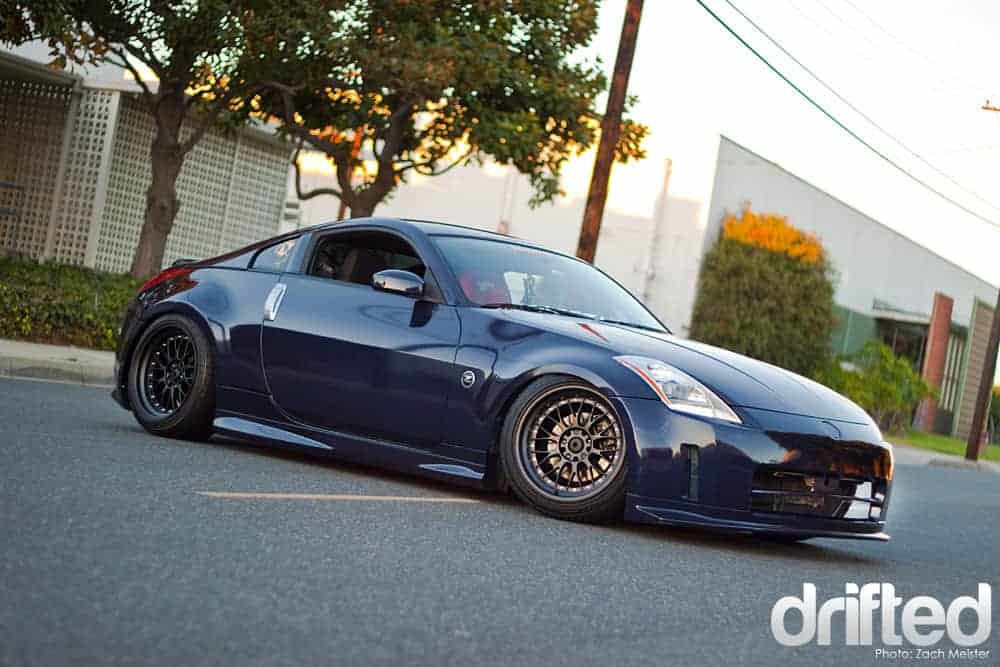
Ask anyone who daily drives their drift car, and they’ll likely tell you that they’re endlessly fixing things. While that has some obvious downsides, you’ll also learn a lot of mechanical knowledge along the way. Before you know it, you’ll be familiar with just about every part of your car (whether you want to, or not!)
Big-angle kits can help navigate tight spaces

Although big-angle kits aren’t necessary for basic drifting needs, they can be extremely useful when navigating tight spaces, such as the work car park. Your diff will undoubtedly have everyone telling you your car is ‘broken’ as it bangs and clunks its way into the parking bay, though.
Drift cars are rare in the grand scheme of things
You need to realize that your drift car will undoubtedly stand out among the crowd. Not many people get to see drift cars on the road, so it’s likely to draw plenty of attention. Admittedly, that can be both a positive and a negative, especially if it’s the cops that are interested!
Cons of a daily drift car
These are the aspects you likely don’t want to hear, but should definitely consider.
You’ll need to consider the legal/safety risks
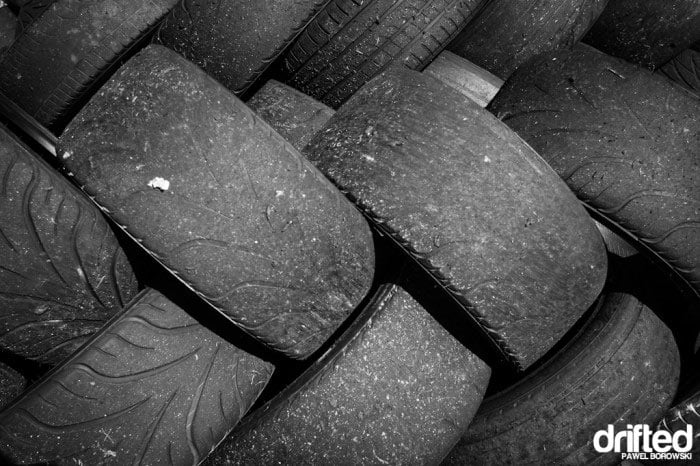
Yeah, boring. I know. However, the last thing you want to be doing is bashing on doors all weekend, then hitting up the roads with your bald tires. You’ll likely end up waving goodbye to your car as it gets impounded at best, and behind bars as a worst-case scenario.
Your insurers will need to know the details
When you modify a car, your insurer must be aware of the modifications you’ve installed. This means that the price will undoubtedly increase, sometimes significantly, so it’s worth checking with them beforehand to confirm. Don’t be ‘that guy’ who decides not to tell his insurers, before going on to become a street hero. It won’t end well.
Figure out your individual daily usage needs
While some may be fine with having a Miata as a daily driver, if you have three kids to take to school, then it’s probably not the ideal choice of car.
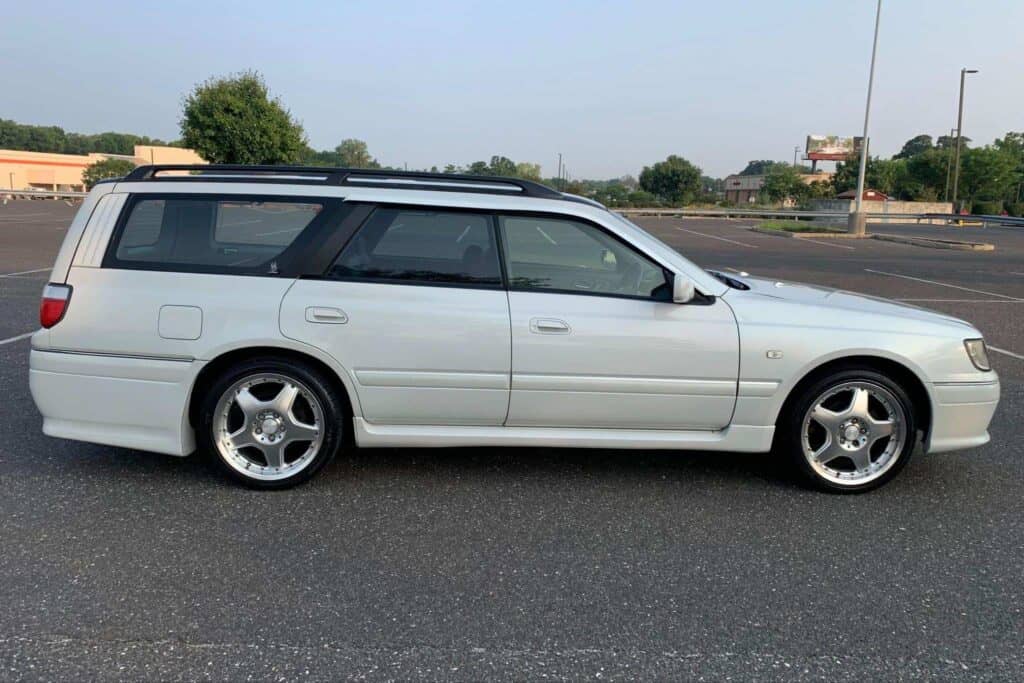
The point is that you’ll need to consider your base and budget before deciding how much you want to modify it.
Suppose you decide to strip out the interior, opting for a roll cage, a race clutch, a full exhaust, a welded differential, bucket seats, and budget coilovers. In that case, you’ll also need to realize that it won’t make for the most comfortable car for cruising across the country to your next family holiday.
Fuel consumption is likely to increase
When you realize how much fun your daily drifter is, you’re likely to head out far more often. Let’s face it – you’re not going out to feather the throttle, either! While you might not be too concerned about fuel costs, if you’re driving a lot with the pedal to the metal, the costs soon add up.
Consider wear and tear

Depending on how often you’re drifting and the amount of power you have, your tires might only last a matter of minutes. Additionally, you’re also stressing various components of the car, including the clutch, engine, suspension, differential – to name a few. That brings me to the next point…
Get used to asking for lifts
Anyone who’s had a daily drifter will tell you that you’re going to encounter far more problems than you’d like. Even with a reliable base, there’s still a lot that can break or fail, especially if you’re pushing your car to its limits. If you’ve had a hard weekend at the track, the chances of the car being good to go on Monday morning are slim.
Conclusion – Is a daily drifter a good idea?

The short answer here is ‘yes!’ There are many people who drive their drift cars daily, but it always comes with trade-offs and compromises.
If you have a separate drift car, it means you can make it as crazy and wild as you want before pushing it to its absolute limits at the next drift day. You can then get into your super-comfortable, reliable daily on Monday, knowing you can fix your drift car at the next available opportunity.
With a daily drifter, we often recommend going for a more sensible build, which is enough to provide you with some occasional tail-happy fun, without being too impractical, unreliable, and most of all, dangerous.
The best approach is to buy a reliable rear-wheel drive car, keep it simple, ensure there are plenty of spare parts available, and stockpile as many spares as possible.
Always budget more than you think you’ll need, and be prepared for unexpected repairs and for things not to go according to plan at the most inconvenient times imaginable!
Written by:
Published on:

Bill is a writer and photographer who has been part of the Drifted team since 2015. His work extends to various print and online publications, including Wangan Warriors.
As part of the King of Nations team, he traveled extensively for several years, capturing top-tier international drift events worldwide. His hands-on experience, including rebuilding his own Nissan Silvia S15 drift car, gives him unique insights into drift car building and global drift culture.
When not behind the lens or keyboard, Bill can be found browsing classifieds for his next JDM project or shredding virtual tires on popular simulators like Assetto Corsa, CarX, and Forza.
You can learn more about Bill’s story here or follow his socials on X (formerly Twitter), Flickr, Facebook, and Instagram.

